Decrease and increase of pressure.
Contents of
- Systolic and diastolic: what is it?
- Upper systolic pressure: cardiac or renal, what does it show?
- Why systolic, upper, pressure high, and diastolic low: what to do to lower the upper?
- High diastolic pressure with normal systolic: the reasons for what to do?
- Large and small difference between systolic and diastolic pressure at high upper pressure: causes and what does it mean?
- Maximum upper blood pressure: at what point does it occur?
- Tablets and medications for increased upper blood pressure
- How to lower the upper systolic pressure at home?
- Video: How to reduce high blood pressure?
In this article you will learn about a very important issue - reducing systolic pressure. The increased pressure brings to the person huge problems with health and bad state of health. Let's find out how to lower your blood pressure and regain your well-being.
Systolic and diastolic: what is it?
Human blood pressure is considered one of the most important indicators, which reflects the viability of the circulatory system. This indicator is formed due to the heart, blood vessels and the blood itself, moving along the vessels. There are two categories of blood pressure:
- The first is the upper( systolic) pressure.
- The second is the lower( diastolic) pressure.
In a healthy person, normal pressure has such indicators: upper - 120, lower - 80. However, depending on the human age, the normal parameters in some cases vary, for example, in children very often the pressure is slightly lower than these parameters. If you take people of advanced age, it is normal for them to feel the pressure that has higher rates.
We consider the average indicators of people of different ages:
- People aged 15 to 21 years have such a pressure: upper - 100, lower - 80.
- People aged 21 to 40 years have such pressure: upper - 120, lower - 80.
- Peopleage 40-60 years have such pressure: upper - 140, lower - 90.
- People aged 60 and older have such pressure: upper - 150, lower - 100.
If in the mechanism that maintains a normal level of pressure tone,there are some pathologies, they will no doubt increase the arterial blood pressureThe phenomenon. This, of course, will cause a lot of negative consequences for the person and his health.
Upper systolic pressure: cardiac or renal, what does it show?
Systolic pressure is achieved through the following process: blood presses on blood vessels when the heart contracts. For the emergence of this indicator, large arteries respond. The values themselves are formed from such factors:
- . The contractions of the left ventricle of the heart.
- Levels of aortic elasticity.
- Blood Ejection Rates.
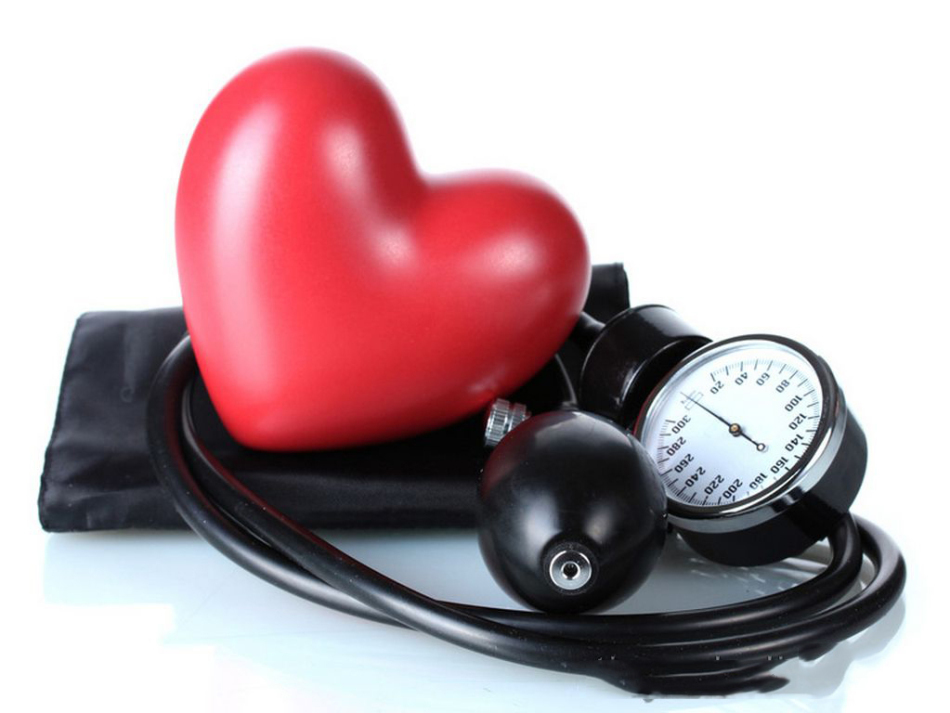 Norm 120/80
Norm 120/80 This pressure is directly related to the heart rate values. Due to the pulse, you can find out how the heart is contracting. This value is responsible for the level of the upper arterial pressure of the vessels. But these factors have these important factors:
- In what emotional state do you stay.
- In which environment you are most often.
- Whether you lead a healthy lifestyle or vice versa, there are bad habits, for example, smoking.
If a person's pulse with pressure is constantly increased, for no reason, then he has pathology in the body. Untimely treatment of such problems can lead to death.
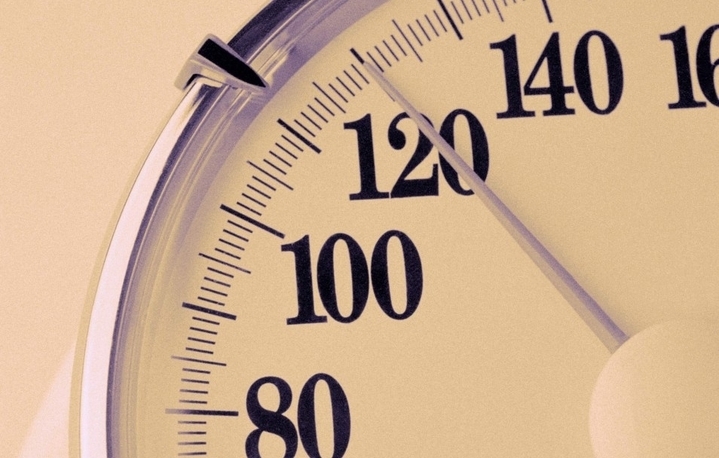 The systolic or upper pressure is normally 120 mm Hg
The systolic or upper pressure is normally 120 mm Hg The best systolic pressure is considered to be 120 mm Hg. The normal level can vary from 109 to 120 mm Hg. If this value becomes greater than 140 mm Hg, then a person has an increased blood pressure.
Doctors can equate a person's condition with a hypertensive crisis, if the person has an increased tone for a long period of time. Hypertension in some cases can cause a heart attack or stroke. Single increases in systolic pressure are not violations, but sometimes doctors advise a person to be examined.
Why systolic, upper, pressure high, and diastolic low: what to do to lower the upper?
Basically, high systolic pressure is the main problem of older people. In this category, people fall in age from 55 years and more. The pressure increases because of the weakening of the heart and blood vessels, a change in the hormonal background. The main reasons why systolic pressure increases are as follows:
- The elasticity of the vessels surface is reduced. When there is a very strong ejection of blood from the heart into the vessels, their walls begin to stretch. In the elderly age, the elasticity of the fibers decreases, so the vessels can not expand. As a result of this process, systolic blood pressure increases.
- Atherosclerosis. Incorrect diet, stiffness or lack of mobility of a person - because of these factors, blood vessels are clogged. If there is a very small lumen in the blood vessels, it means that the blood will also press much more.
- Female age. In men, whose age is less than 50 years, most often arterial hypertension occurs. Over time, the situation is drastically changing. And in this culprit is a failure of hormones. During menopause, the value of female hormones( we call them estrogens) decreases. They are the reliable protectors of the walls of blood vessels.
- Other secondary causes. For these reasons, it is customary to include diseases such as kidney and adrenal diseases. Treatment, as a rule, is appointed in order to eliminate the main problems.
If the patient has a high systolic pressure, the doctor will send it for examination. Due to this survey, many pathologies can be excluded, which cause an increase in systolic pressure. During the examination, factors that provoke heart failure are identified, for example, increased cholesterol, the presence of excess weight.
 Often, high blood pressure occurs in the elderly
Often, high blood pressure occurs in the elderly An important part of the treatment is the lifestyle change .There are exceptions - these are cases when the pressure is very high, which naturally affects the physical condition of a person. In such cases, doctors prescribe medications that quickly lower it. The patient is also recommended to perform such actions:
- Correct your own weight, as excess kilograms increase the upper pressure by 1 unit.
- Revise your diet. Exclude from it products that contain a lot of fat. It is recommended to consume milk, meat and other similar products containing a minimum of fat. Also useful are vegetables and fruits. This nutrition will lower the upper pressure by about 15 mm Hg.
- Reduce salt intake. This will help to gradually reduce the upper pressure indicator by a maximum of 10 mm Hg.
- To engage in light and moderate physical activity.
- Walk in the fresh air for 30 minutes.
- Restrict the use of alcoholic beverages. On the day you can drink: beer( not more than 100 ml), vodka( not more than 25 ml), wine( not more than 50 ml).
High diastolic pressure at normal systolic: the reasons, what to do?
Elevated diastolic pressure may affect the elasticity of the vessels. This effect finds its own expression - the integrity of the walls of the blood vessels is disturbed, they are traumatized. But such consequences occur only when the diastolic pressure strongly influences the circulatory system.
Today, a huge number of factors that affect the increased diastolic pressure with normal systolic, namely internal and external, are distinguished.
Internal causes are as follows:
- Problems in kidney function.
- Hormonal changes and failures.
- Various heart diseases.
- Endocrine disruptions.
Because of these factors, the heart and the whole system are very often disrupted.
 Follow the pressure indicators
Follow the pressure indicators External causes are as follows:
- Systematic stress state.
- The presence of bad habits, for example, the use of alcoholic beverages.
- Eating lots of fatty and fried foods.
- Excess body weight( as a result of the previous paragraph).
- Inactive, not active way of life.
It is possible to detect high diastolic pressure with normal systolic pressure only if the pressure is measured by a tonometer. Often occurs as follows: pathology is detected by accident, when the patient undergoes a preventive examination by the doctor.
If such a deviation is detected, then the problems themselves are diagnosed and the reasons for which such indicators appear. Typically, the doctor appoints pills, which normalize the diastolic pressure.
Also, a doctor can prescribe a therapy that will be based on principles that eliminate the occurrence of causes. Following these principles, the patient must:
- Start eating properly.
- Perform simple physical exercises.
- Get rid of all bad habits.
- Try to avoid stressful situations and not worry.
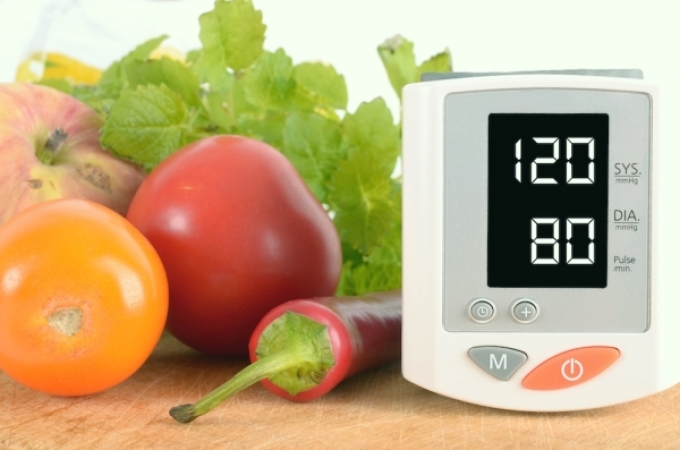 Begin to eat properly
Begin to eat properly Based on these principles, you can permanently get rid of the increased diastolic pressure and avoid the occurrence of such problems. It is very easy to do this. It is only necessary to change one's own life for the better, to normalize the emotional state. Also help to speed up this process getting rid of the concomitant diseases.
The large and small difference between systolic and diastolic pressure at high upper pressure: causes and what does it mean?
With a small difference:
Higher pressures lead to a pulse that increases above the 60 mark. Basically, this indicates that the rigidity of large human vessels increases.
These upper and lower pressure indicators are usually present in people in advanced age, after a recent myocardial infarction, during ischemic heart disease.
If a person has high blood pressure, usually he may have such pathologies:
- Atherosclerosis.
- Various manifestations of heart failure.
- Thyroid abnormalities.
- Anemia.
- Heart blockade.
- Fever and many others.
In addition, a small difference between the upper and lower blood pressure can occur in pregnant women and during the intake of many medications.
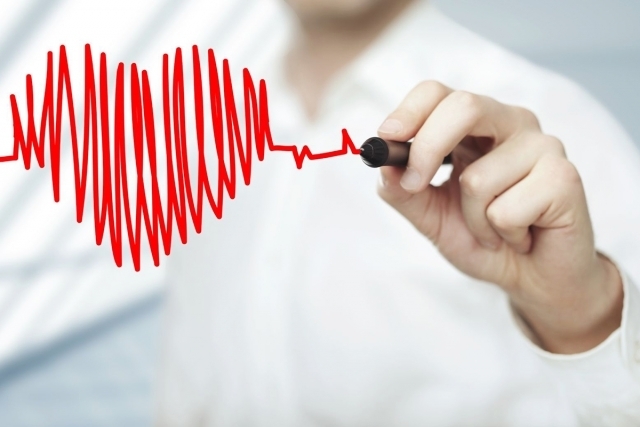 Watch for pressure indicators
Watch for pressure indicators The danger of this condition is as follows: blood very hard enters tissues and organs. This leads to rapid aging of cells and organs, causing chronic diseases. Because of this, the kidneys, heart and CNS can suffer.
If there is a big difference:
If the difference between the upper and lower blood pressure is higher than normal( more than 50 mm) - this indicates that the heart muscle has begun to pump more blood. As a result of this condition, the body will soon grow old.
The factors that cause an increase in the difference between systolic and diastolic pressure vary widely. To reduce their number, it is necessary to understand what the level deviated, and to determine what is causing this.
The reasons for this indicator can be varied:
- Frequent stresses.
- Emotional loads.
- Old age. Excess weight.
- Lack of iron.
Severe abnormalities can adversely affect human health, namely:
- Infarction
- Stroke
- Gastrointestinal problems
 Pressure and heart function are interrelated
Pressure and heart function are interrelated What can you do in such situations?
- The most important thing is to monitor blood pressure, pay attention to the main indicators and, of course, on what is the difference between them.
- Measure the pressure every day, preferably twice.
- If the pressure values are significantly deviated from the norm, while the person feels well, you need to see a doctor and go through some examinations.
- Revise the daily routine: optimize the rest regime, eliminate bad habits, reduce stress, avoid stressful situations.
- Start taking folic acid, tincture of hawthorn or ginseng.
- Less than strong tea and coffee, because they contain a lot of caffeine. It is he that negatively affects the circulatory system.
- Regularly take a contrast shower.
Maximum upper blood pressure: at what time does it occur?
Very often in humans, the upper pressure index is very dramatically increased and can reach a maximum mark. In such situations, he can manifest such symptoms:
- The head starts to hurt, usually in the occipital region.
- Feeling dizzy.
- Breathing is difficult.
- Nausea appears.
- "Flies" begin to flash before your eyes.
- The lips, nose, ears are turning blue.
- The lips can still dry out, there is a strong thirst.
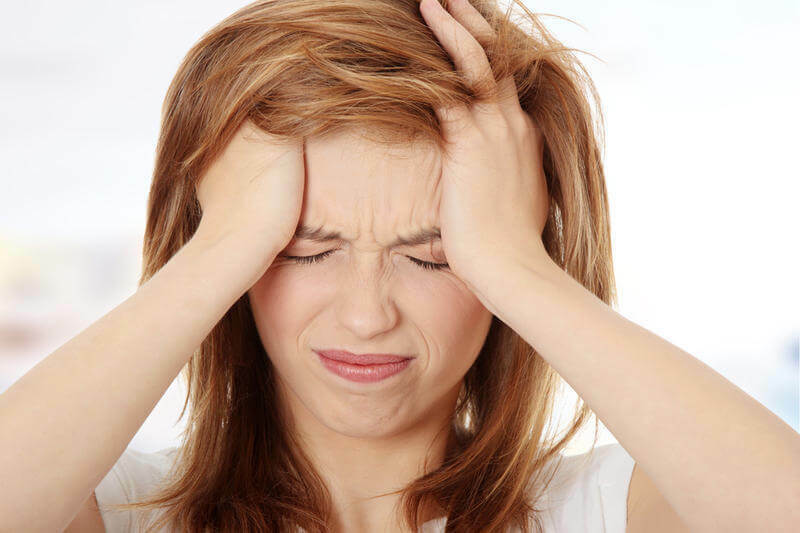 High pressure causes headache
High pressure causes headache Often, the maximum pressure is increased due to diabetes, large body weight, kidney disease. Also, indicators can rise under stressful situations, high air temperature. If you regularly take medicines and are hypertensive, then this situation can be if the tablets are taken out of time or not accepted at all.
Tablets and medications for increased upper blood pressure
A dramatic increase in systolic pressure may pose a great danger to human health and life. But how can you reduce it?
- In this case, ordinary mustard plaster will always come to the rescue. They are located on the caviar muscles, on the shoulders and in the lower part of the neck. Vessels will get a normal shape from the action of heat. Warm up about 20 minutes. During this period of time, the pressure will decrease.
- Superimposed compress on bare feet, prepared from 6% vinegar. The duration of the compress is 20 minutes.
- But the most effective method is an injection of magnesium sulfate. The desired dose is 20 mg.
- In the event that pressure has increased due to stress, a person needs to calm down, take peony infusion, motherwort.
- You can also apply a compress made from salt.
Drugs from
The most common drugs are as follows:
- Andipan ( pressure indicator leaves 180 mm)
- Pasage( pressure index is 150 mm)
- Bisoprolol
- Cordafen
- Adelfan
- Clofelin
How to lower the upper systolic pressure at home?
Among folk remedies that reduce the upper pressure, we can distinguish such:
- Normalizes the pressure of pollen, diluted with honey. The equal portions of these components are mixed, and the obtained composition is used 3 times per day during the month.
- Liquid honey in combination with walnuts. The proportion is as follows: walnut( 100 g) and honey( 100 g).It is used daily for 60 days.
- Cowberry is considered the most popular plant, which reduces the upper pressure. This berry contains a large number of components that stabilize the pressure and have a positive effect on human health in general.
- Reduce the pressure will also help a product made from ordinary honey, lemon juice and beetroot in equal quantities.
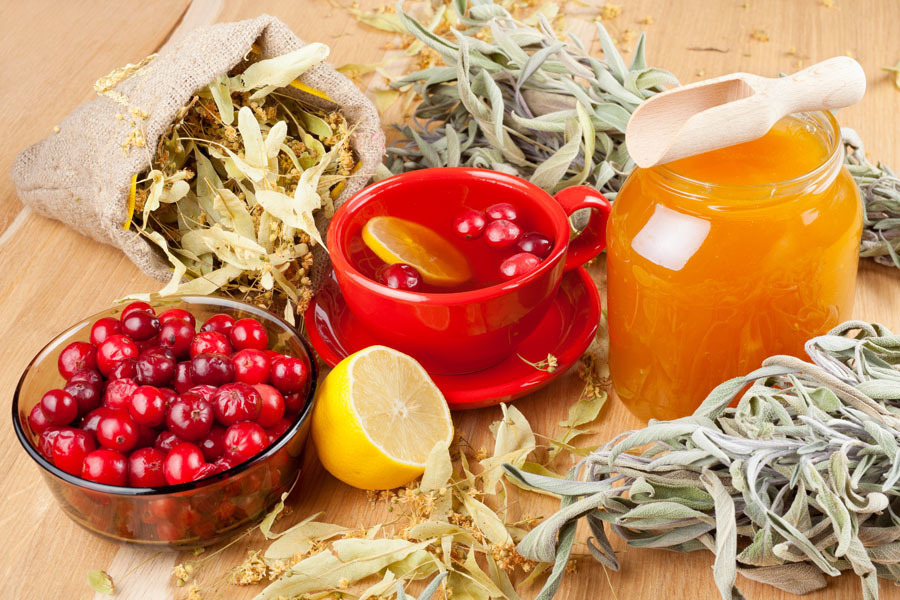 Popular means for pressure reduction
Popular means for pressure reduction - Chokeberry also normalizes systolic pressure. At a time you need to drink 1 tbsp.of this drink, the proportion of water - 1 tbsp berries per 1 glass of water. The treatment period is from 10 to 14 days.
- Among the common remedies included a remedy made from hawthorn. But it does not help immediately. The effect comes, as a rule, after 2 months.
- Excellent option, lowering the upper pressure - not very strong tea. In it you can add a little honey and lemon juice.
- This also includes Morse, which is prepared from cranberry and cowberry berries. Drink a glass of the drink for 2 weeks.
Video: How to reduce high blood pressure?
